Reflective white
This color is unmatched in expanding space! White in the hallway really reflects light, making a small room appear larger.
Thanks to the bright accent, the room will not look sterile and the walls will become an excellent backdrop for an unusual element. It can be a colored floor, a metal console in a trendy golden color, a carved or antique mirror, ottoman or a bench in a rich shade.
Intelligent lighting
The more light the better. Bright lamps help get rid of the uncomfortable darkness, and therefore visually enlarge the space by highlighting the corners.
In addition to the ceiling chandelier, you can use wall sconces or mirror illumination. This practical solution will allow you not to turn on the main light if you need to use the corridor at night, as well as increase the light and make the space more spacious.
Magic mirrors
More efficient way visual enlargement of rooms not yet invented - the mirror sheet instantly turns a cramped hallway into a more spacious one. And let the space remain the same, it becomes freer to move and the feeling of a closed space disappears. Also mirrors increase the light, and this is a good way to save on additional lighting.
You can limit yourself to one large mirror on the floor, or you can create a whole reflective wall. Mirrored fronts on the wardrobe are also welcome.
Distracting accent
Who will pay attention to the small size of the hallway, if at the entrance to the apartment you are met by a large bright picture, hanger a non-trivial shape or a door with a rich color?
The accent can be stylish wallpaper with a variegated print, floor tiles with a pattern, a luxurious ceiling chandelier. And even a wall painted in a contrasting color will impress more than a cramped entrance area.
Another great option is wallpaper or a drawing with perspective, such as a landscape.
Invisible doors
An expensive but working tool for keeping the lobby minimalist. As you know, the fewer the details, the less busy the room looks.
This is especially effective when several doors lead from the corridor: painted in the same shade as the walls, they merge with the space and look as laconic as possible. The same result can be easily achieved by using furniture in the color of the walls.
Even if wallpaper is pasted in the corridor, it is not difficult to make an invisible door with your own hands by joining the drawing on a canvas with a print on the walls. To make the door cover last longer, it should be covered with a transparent matte varnish.
Suspended structures
If you compare a cabinet without legs, standing firmly on the floor, and a hanging cabinet located on the wall, the second product will seem visually lighter.
This method works flawlessly in all tiny rooms: furniture, fixed above the floor or standing on thin legs, seems to take up less space. Bonus: it is easier to clean under it.
Minimalism
If we take as a basis minimalism, it will be much easier to make a laconic hallway. A minimum of details, clarity of lines and severity, which underlie the direction, will help create a restrained, unobtrusive atmosphere. It is pleasant to be in an orderly interior: the gaze does not linger on anything, smoothly leaving the limits of a small hall.
For apartment owners with pantry, dressing room or the storage system in the living room is much easier to reproduce this style, since clothes and shoes will be outside the small corridor. Also, minimalism is recreated with neutral colors and furniture with straight lines.
Narrow and small furniture
In a cramped entrance area, it is more optimal to use non-standard designs made specifically for small spaces:
- shelves for hats,
- hooks instead of hangers,
- high shoe racks, galoshes.
Suitable items can be made to order, as well as selected in the departments of furniture for bathrooms (for example, pencil cases) or for a children's room (dressers, benches).
And to fit more things, use the space above the door by installing a wide shelf.
Reflective surfaces
This technique will be appreciated by lovers of luxury and splendor. The hallway, decorated with glossy surfaces, not only optically expands the space, but also endows it with "air". Glare, which creates smooth facades, makes the room brighter and brighter. Glossy can be:
- floor tiles;
- ceiling;
- furniture (consoles and cabinets);
- elements on the wallpaper;
- sources of light.
But it is important to add gloss in a dose so as not to turn the interior into kitsch.
Even the smallest hallway can look interesting, while being comfortable and functional.

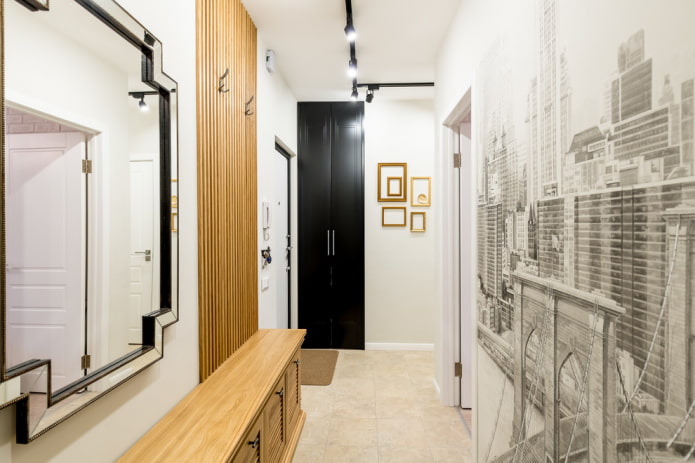
 10 practical tips for arranging a small kitchen in the country
10 practical tips for arranging a small kitchen in the country
 12 simple ideas for a small garden that will make it visually spacious
12 simple ideas for a small garden that will make it visually spacious

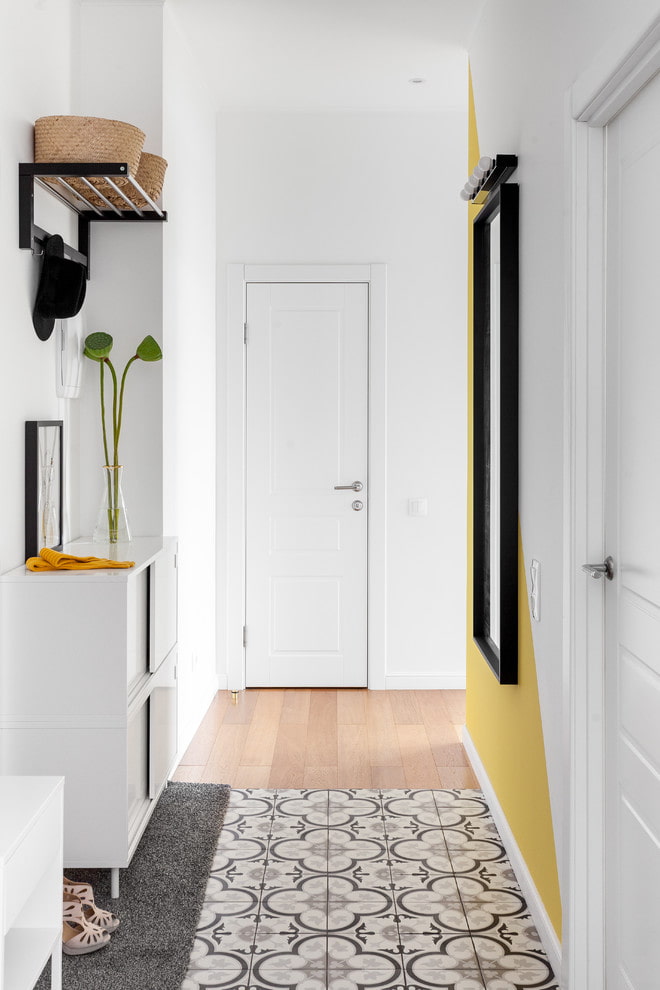
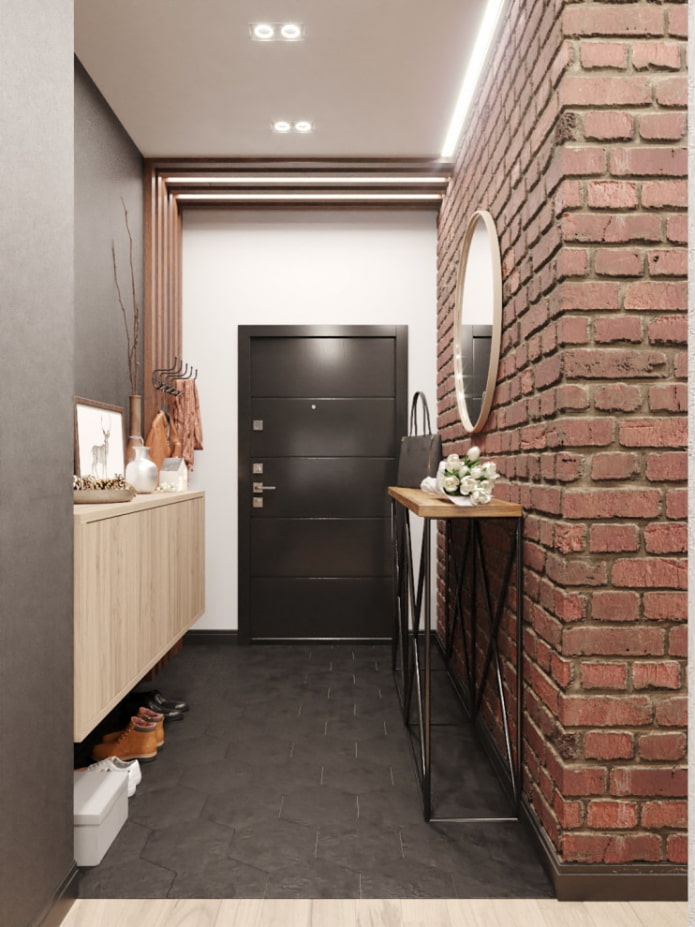
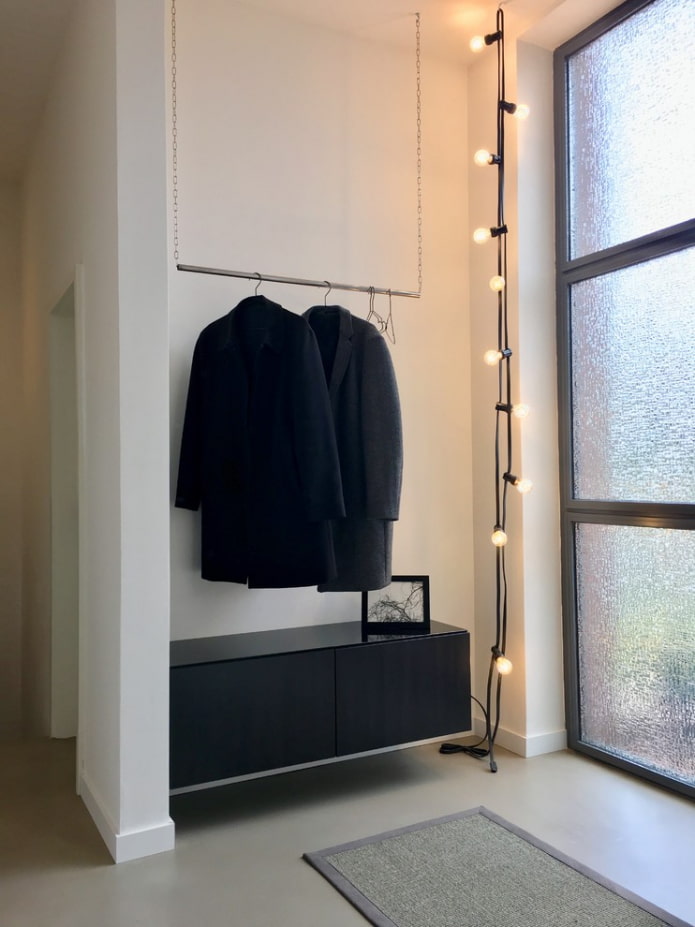
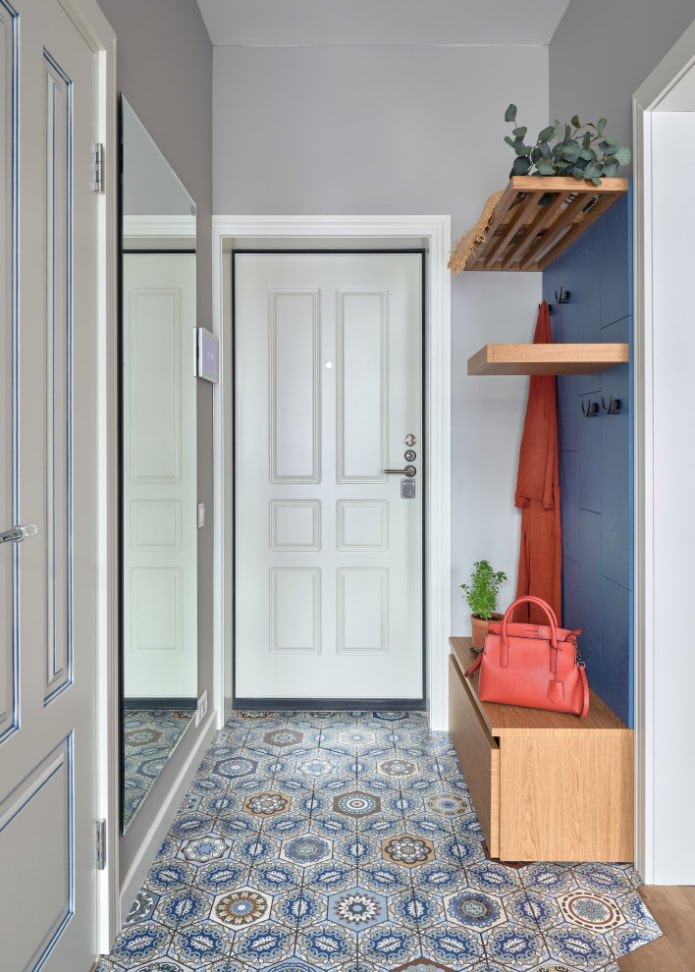
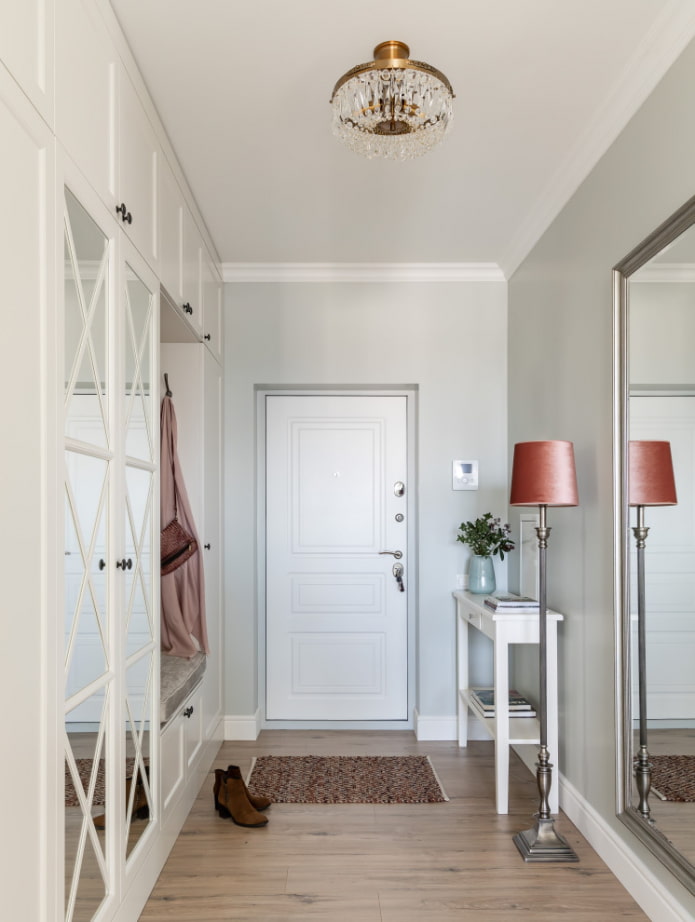
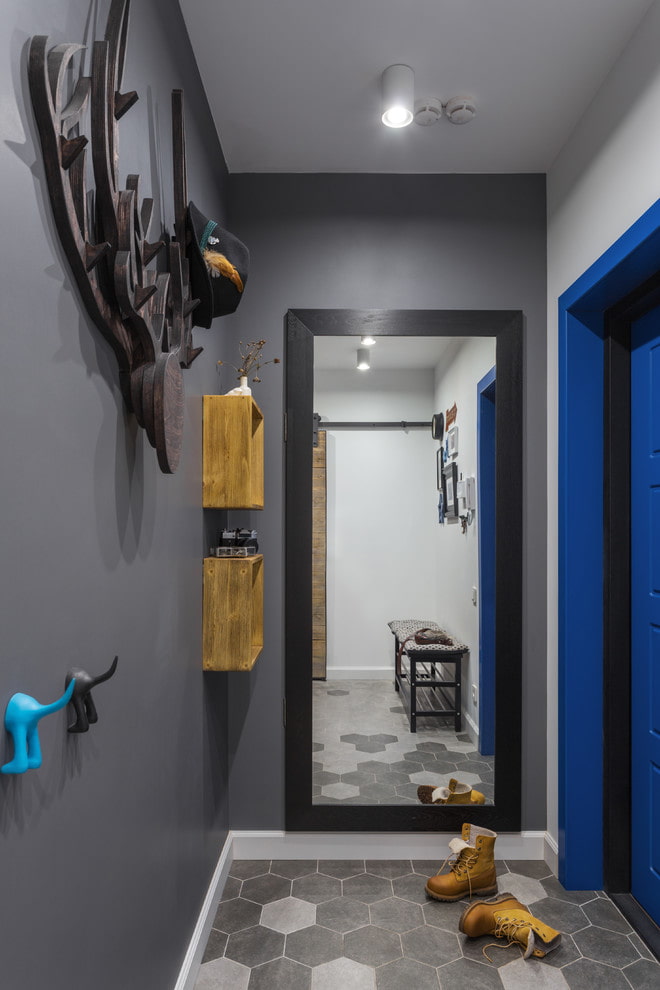
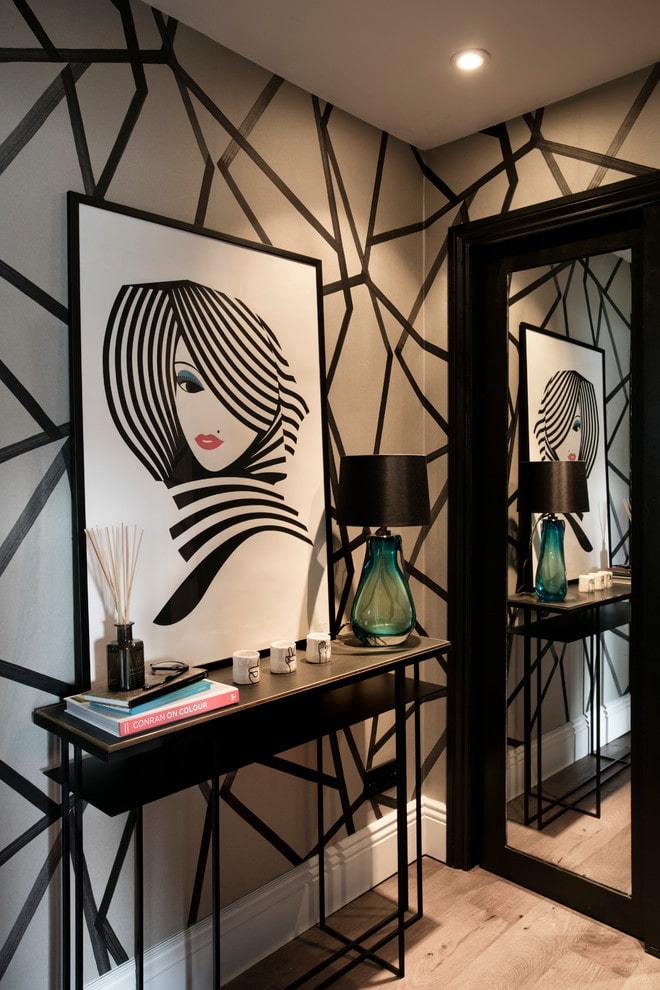
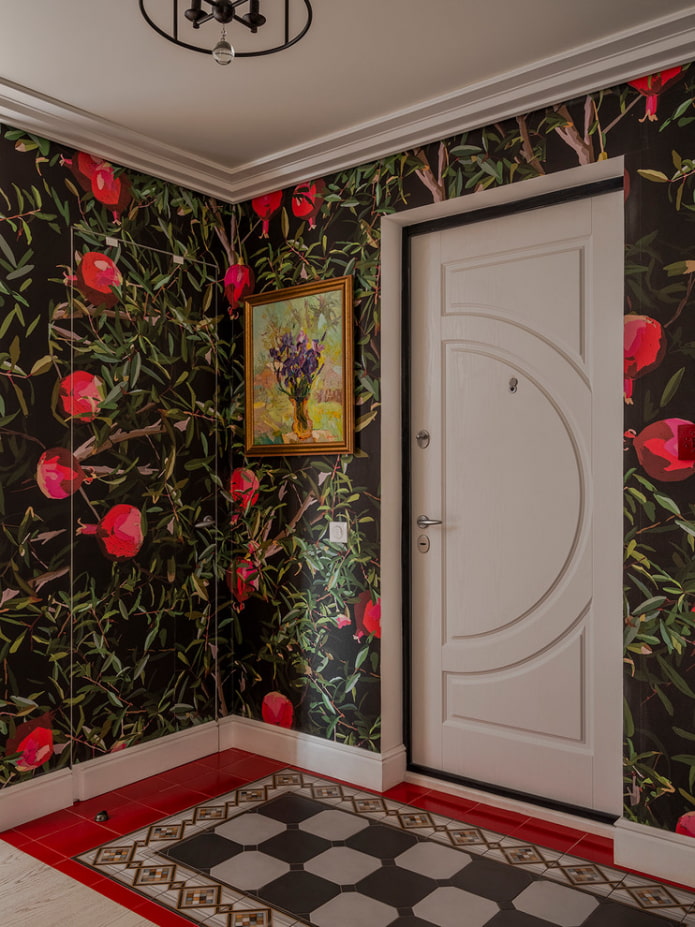
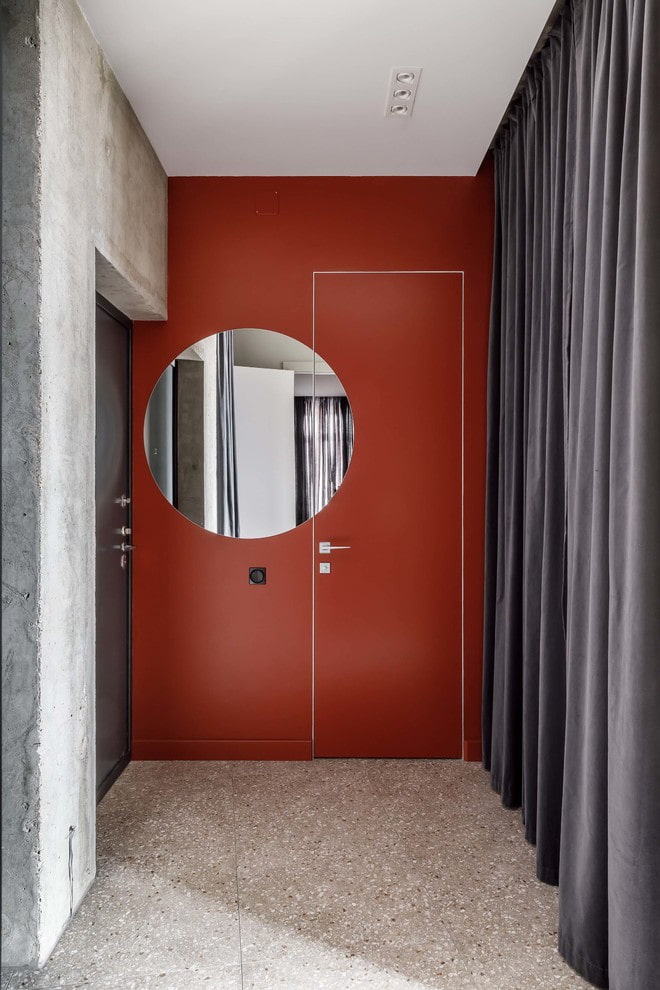
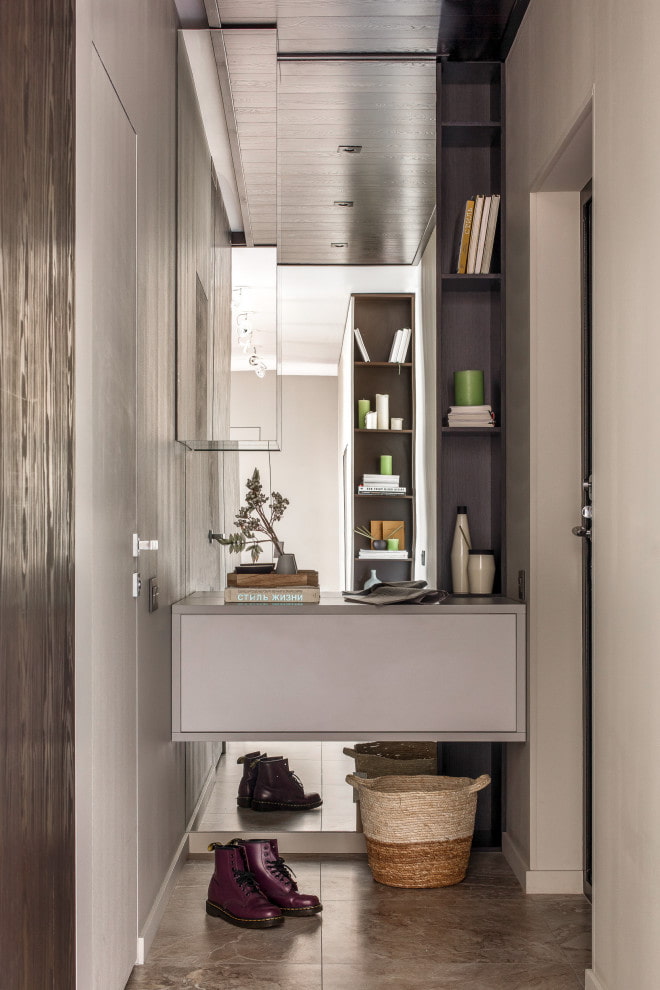
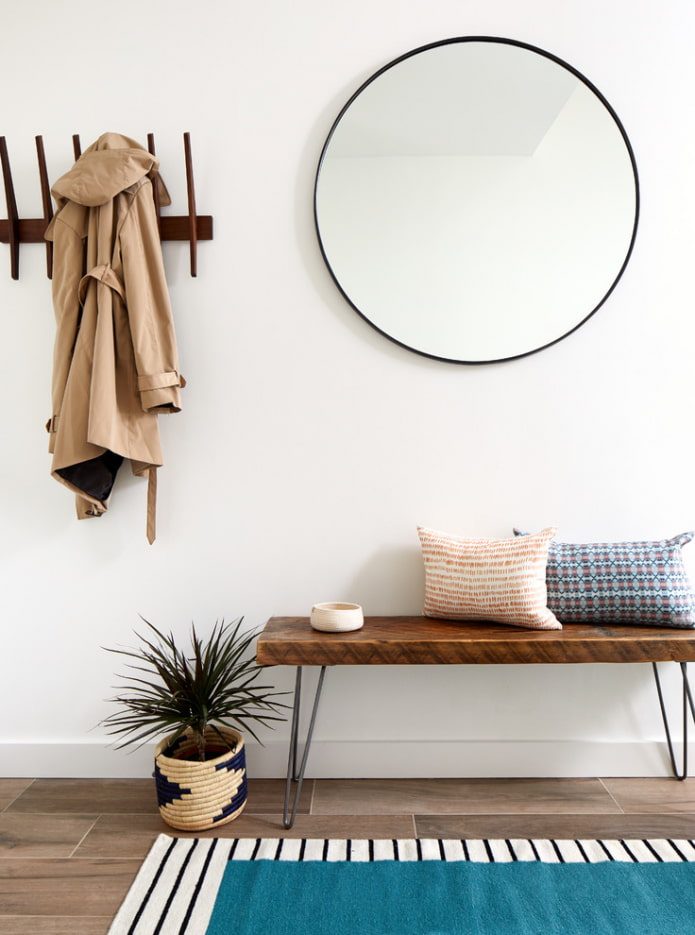
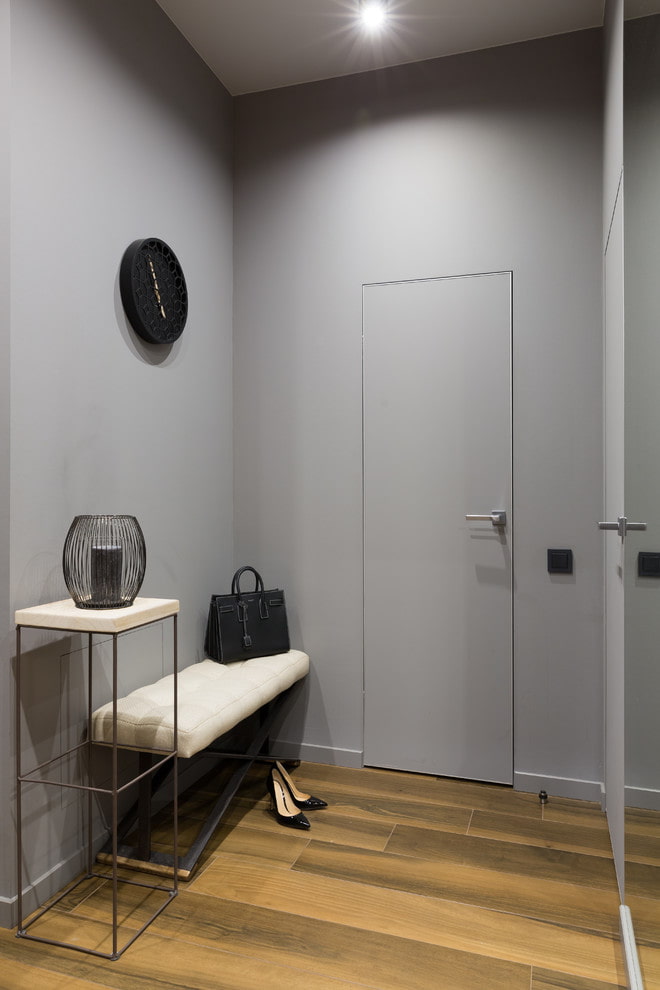
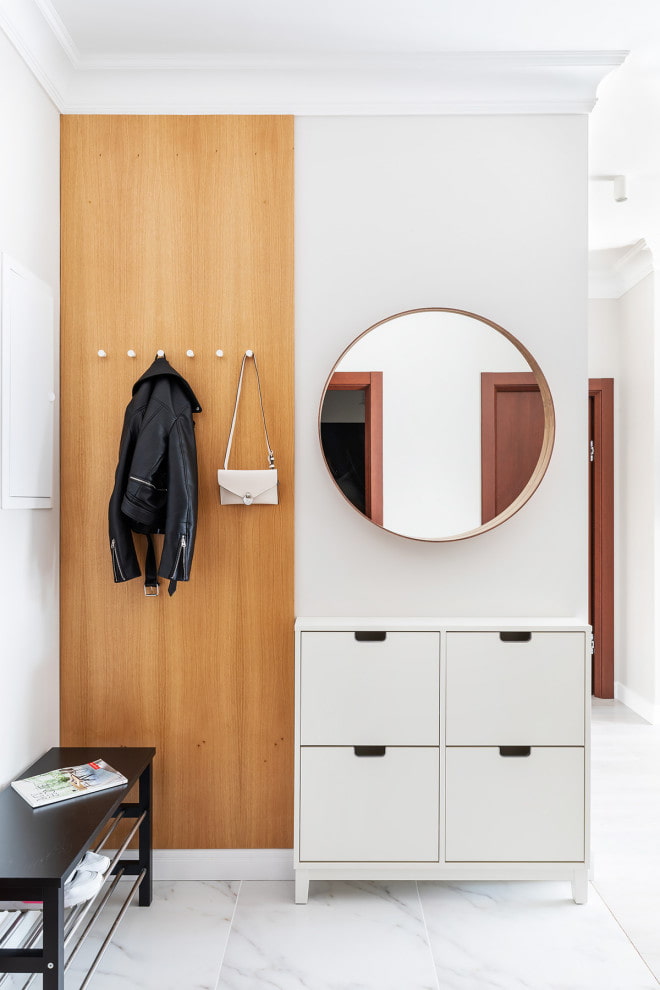
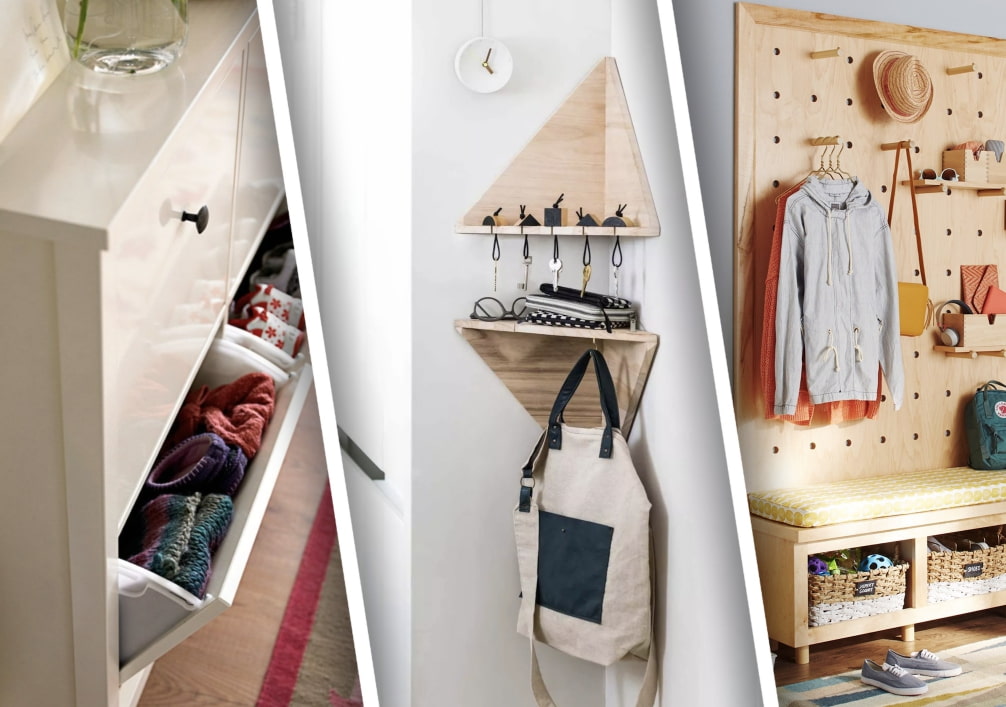
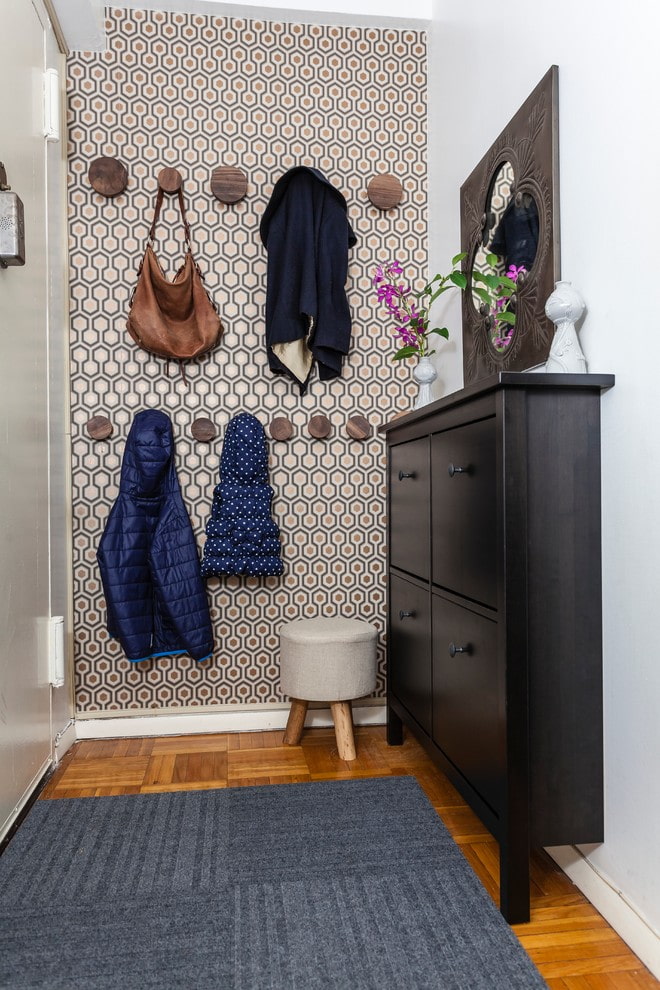

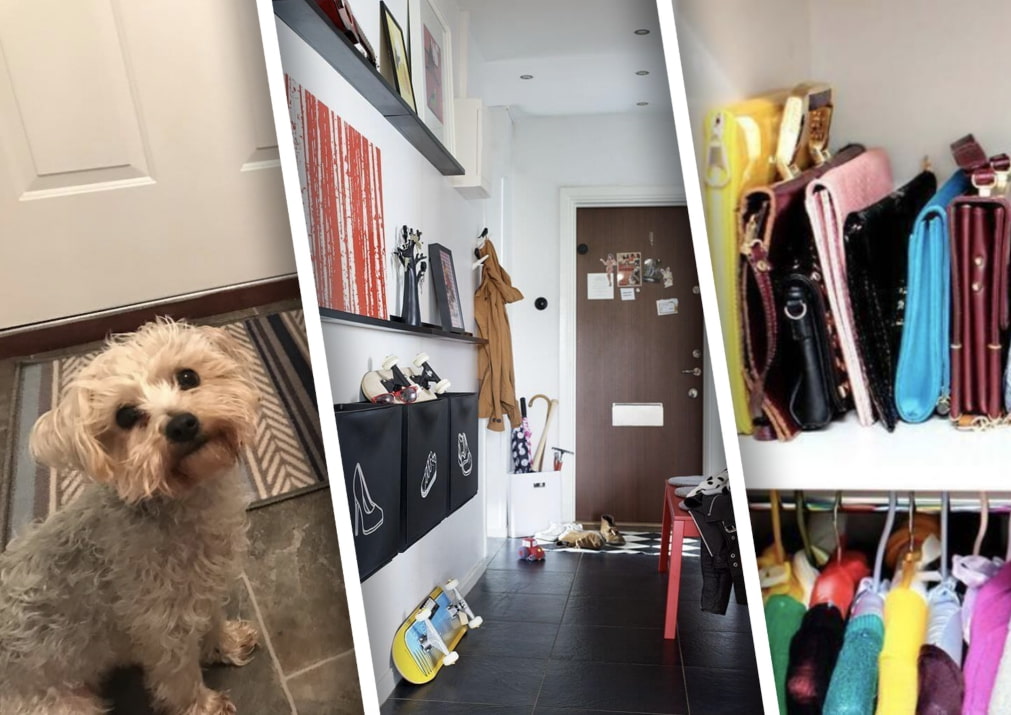
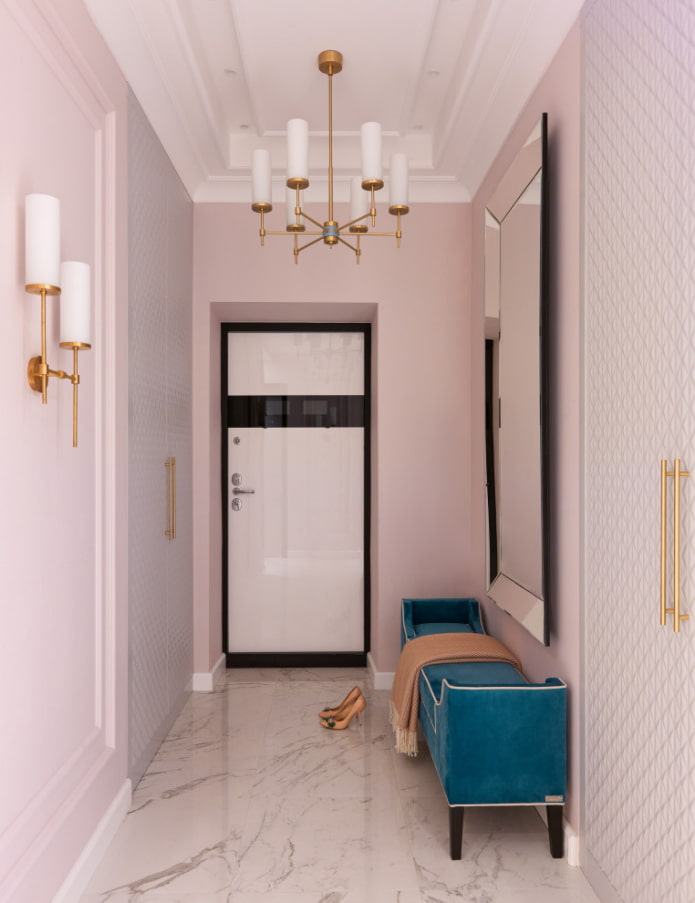
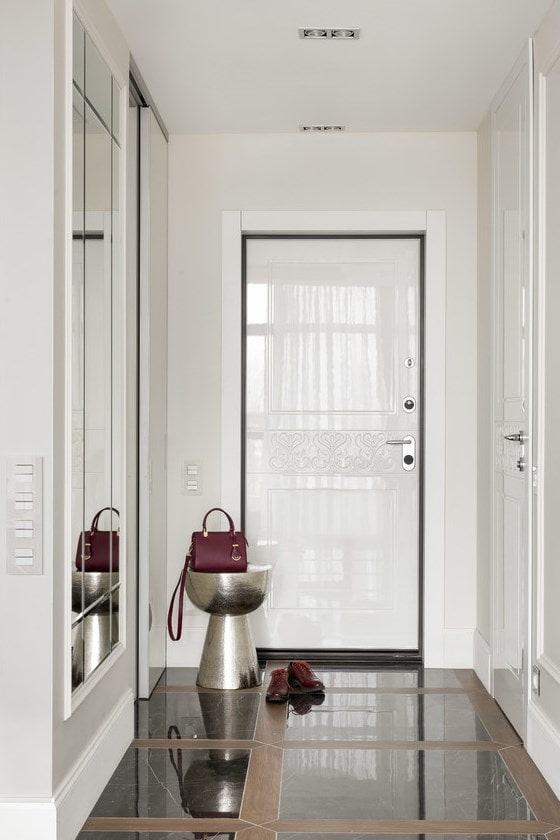
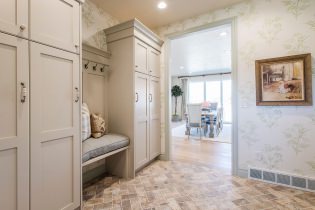 How to choose wallpaper for a small hallway: 70 design ideas
How to choose wallpaper for a small hallway: 70 design ideas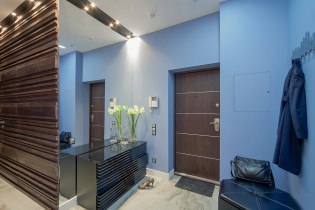 How beautiful to make a hallway in an apartment: design ideas, layout and arrangement
How beautiful to make a hallway in an apartment: design ideas, layout and arrangement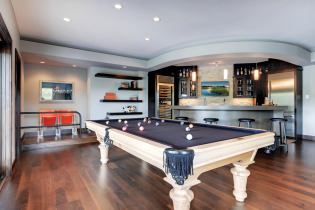 The interior of the billiard room in the house: design rules, photo
The interior of the billiard room in the house: design rules, photo Hallway design in white
Hallway design in white The most beautiful swimming pools in the world
The most beautiful swimming pools in the world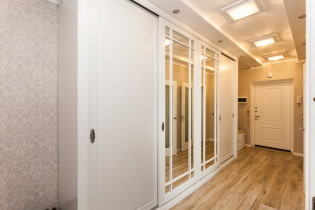 How to choose a wardrobe in the hallway?
How to choose a wardrobe in the hallway?